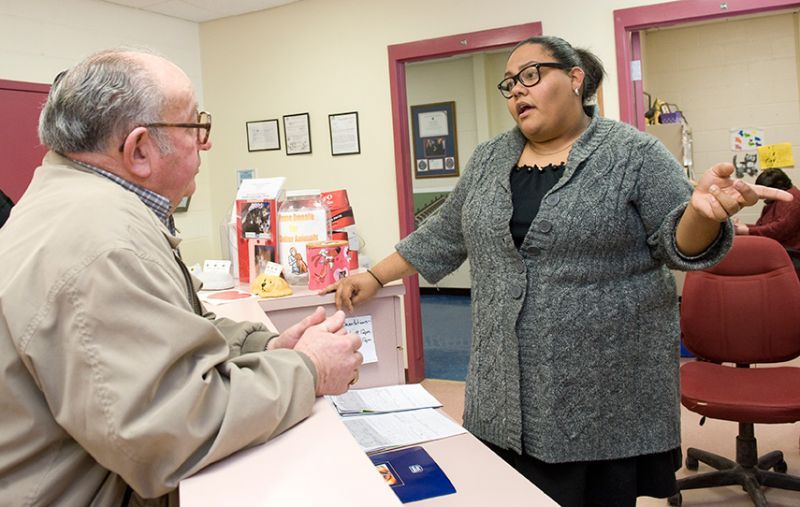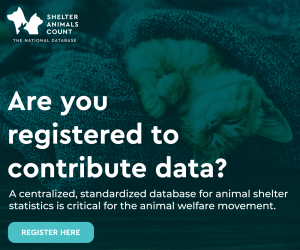Role-playing for Adopters Welcome
Practice the new adoption approach with your team

Becoming Adopters Welcome often means fundamentally changing your team’s interactions with adopters. If your team has been heavily dependent on using paper/online adoption applications to pre-screen adopters and identify “red flags,” or if they typically view verbal interactions with adopters as opportunities to interrogate or test them, switching to conversations that are designed to find ways to say “yes” to adoptions will feel very foreign. It’s important to spend time with your team practicing this new approach to communicating with adopters.
Steps for Effective Role-Playing Practice:
- Write down scenarios that will help your team practice typical interactions that may now feel unfamiliar to them using the new Adopters Welcome approach. Start with scenarios in which it should be fairly easy for the Adoption Team Members to find ways in which an adoption would be processed easily without a hitch, and then move into scenarios that include circumstances that, in the past, have resulted in denied (missed) adoptions.
- Assemble your team for practice. If finding time to assemble the entire team proves challenging, or if your team is in different locations, break the team into smaller groups for practice.
- Select one person in the group to play the role of Adopter and another to play the role of Adoption Counselor. Assign the remainder of the group to serve as Observers.
- Have the “Adopter” assume the role of the person coming to your organization to adopt an animal and act out the scene, with the Adoption Counselor facilitating the adoption using the Adopters Welcome approach.
- Lead the Observers in critiquing the Adoption Counselor’s approach, helping to reinforce the aspects of the conversation that went well and identify potential missed opportunities for getting to “yes."
Questions for the Observers to answer could include:- How did the Adoption Counselor’s demeanor, tone and body language contribute or hinder open, friendly dialogue?
- What did the Adoption Counselor do to make the Adopter feel at ease? What could have been improved upon?
- Discuss whether there was any language used that made the Adopter feel judged or interrogated (be sure to get the Adopter’s perspective as well). Discuss whether the Adoption Counselor affirmed skills or experiences the adopter has from previous pets or friends’ pets.
- What alternative approaches could the Adoption Counselor have taken to facilitate a better interaction with the Adopter?
Continue holding role-playing practices until you feel that each member of the team is comfortable with communicating with adopters and finding more ways to say "yes." You'll know you are ready to launch your Adopters Welcome program when the team has the ability to handle the majority of conversations naturally.
Tips to help Increase Effective Communication between adopters and adoption counselors:
-
Use open ended questions like “how,” “tell me,” “what” and “when” as opposed to yes/no questions. Find other ways to solicit what you want to know without using the word “why.”
-
Practice active listening by paraphrasing, restating some of what adopters say and asking clarifying questions.
-
Do your best not to judge adopters based on their appearance, clothes, mode of transportation, speech patterns, grammar, etc. Don’t let preferences, no matter how small, taint your perceptions and interactions.
-
Make use of the information that adopters offer--most come in with some level of pet experience. Find out what they know and use that to build conversation. Important--don’t judge the information that adopters “know” and use it to decide they are unworthy of adoption. They may believe that motor oil treats mange, that declawing cats is acceptable or that some dogs are “inside dogs” and some are “outside dogs.” These are not signs that they are unworthy of a pet or that they are inherently cruel or stupid. They’re actually signs that we, as part of the animal welfare field, have failed in our job to elevate the public’s knowledge and information base. Being kind and sharing what you have learned about animal care, is the best way to help them overcome their knowledge gap.
-
Don’t overwhelm the conversation by trying to cover everything at once.
-
Avoid accidental demands, such as “you’ll have to” and “you need to.”
-
Avoid “trigger” words and phrases such as “responsible” pet owner. Don’t imply that your way is the only way.
-
Create an environment that facilitates conversation. Use the 10’-4’ rule for in-person greetings (smile at anyone within 10’ of you and verbally acknowledge anyone within 4’ of you). Offer to use Skype, FaceTime, etc. to replace phone consultations whenever possible.
-
Whenever possible, replace “but” with “and.”
-
Convey positivity and friendliness with your voice, using ascending tones.



